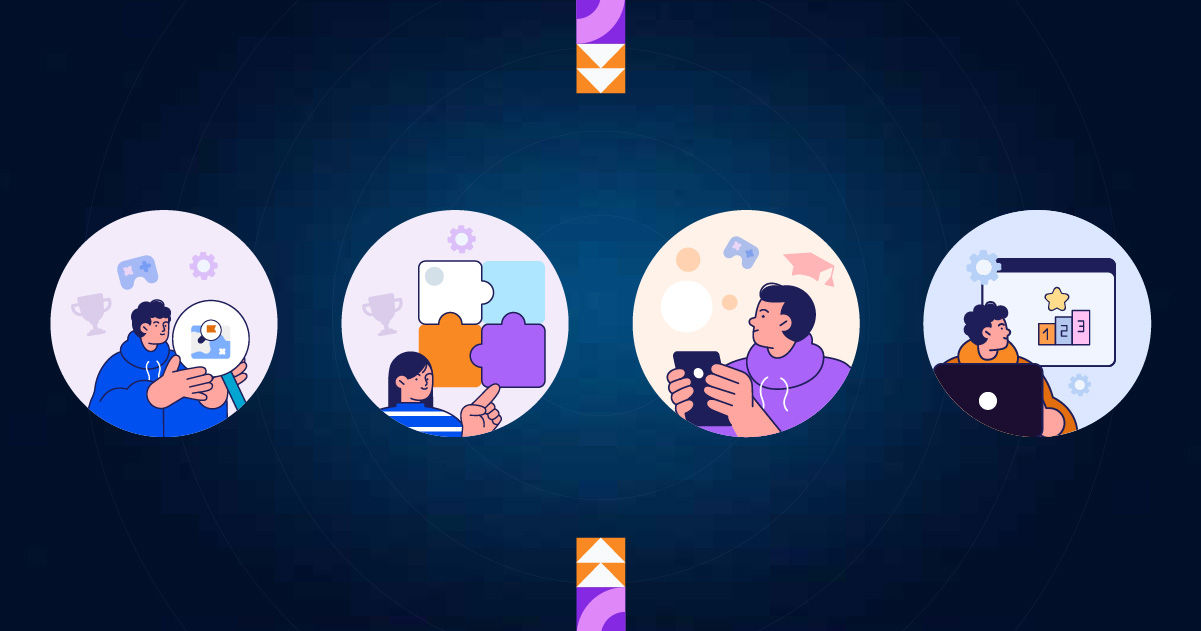In 2009 FarmVille owned the simulated farming world. Within a year of being released Farmville had 73 million monthly active users – 20% of Facebook’s 350 million users signed on to play the game on a monthly basis. Even more intriguing, 27.5 million users signed on every. Single. Day.
If you somehow missed the revolution, Farmville was a farming simulation and social network game, developed by Zynga, which could be played on Facebook. The game taught a generation of Facebook users appreciation for the agrarian lifestyle and the virtues of patience and paying for faster crop growth. Its gameplay or methodology involved various aspects of farm management such as ploughing land, planting crops, waiting hours for crops to grow, harvesting those crops, repeating the process, and doing the same with trees, and livestock.
The game required players to wait for crops to grow and other actions which resulted in harvesting for money. That in game money could then be used to purchase upgrades such as more land or a tractor for faster harvesting.
Farmville had the option though, to purchase in game items and bypass waiting periods by spending real money. Additionally, certain upgrades could only be achieved by having enough friends in the game, your friends on Facebook. Thus began the great game invitation plague.
With these basic game mechanics and social integration Farmville was the most popular game on Facebook for over two years.
Games
Games are digital interactions that are fun and rewarding. These applications keep us highly engaged in practicing behaviors and thought processes in a simulated environment. Very few find farming exciting, but through gameplay Farmville kept millions entertained.
Games may or may not enhance your present level of awareness or knowledge but they can give you social motivation to connect with people. Wiki defines games as ‘a structured form of play, usually undertaken for enjoyment and sometimes used as an educational tool.’
Games versus Game-Based Learning
At this point it is important to distinguish between games and game-based-learning as both terms are used interchangeably by many strategists and designers. When you add elements of game theory, or game play, into your learning, and the game becomes challenging with an aim to accomplish a specified set of short term or long term goals, you have created game-based learning.
Wiki defines Game based learning (GBL) as a type of gameplay that has defined learning outcomes. Generally, game-based learning is designed to balance subject matter with gameplay and the ability of the player to retain and apply the said subject matter to the real world.
Applying Game-Based Learning
Corporations use game-based interactions to motivate and engage employees as game-based learning applications can draw us into virtual environments that looks and feels familiar and relevant.
Within an effective game-based learning environment, we work towards a goal, choosing actions and experiencing the consequences of those actions along the way. We make mistakes in a risk-free setting, and through experimentation, we actively learn and practice skills.
Game-Based-Learning Examples
A few years back a New York City school teacher crafted a version of Minecraft for schools called MinecraftEdu. The elements of the classic game were enhanced to support the learning environment. Text blocks were added so that teachers could give students more contexts about whatever world they created.
Similarly, as a designer I often blend rules of classic games like Monopoly or Solitaire into my learning. Interweaving games and learning objectives to make it fun, lending a purpose and defining the consequences of the game mechanics.
What is Gamification?
Gamification is a different breed of learning experience. The term gamification began to gather interest and a following in 2010 when companies such as Badgeville started using it to describe their behavior platforms.
My interpretation of the various Wiki explanations of the term is that Gamification merely defines the application of all the design elements and principles necessary in a gaming environment when it is applied to a non-context format—a context not meant for fun or games. Unlike game-based learning that uses rules, challenges, goals, and time factors as motivational challenges, gamification employs five commonly used mechanics—Points, Badges, Levels, Leaderboards, and Challenges.
The Serious Business of Applying Gamification
At the core of gamification is a “participation-and-reward” system. Businesses use gamification to drive desired user behaviours that are advantageous to their brand. It allows companies to adapt to various user behaviours and motivations. One common technique of gamification is to increase engagement by rewarding users who accomplish desired tasks.
Rewards such as Badges and Points are used to elevate status by showcasing the talents, expertise, and accomplishments of users. Competition is another technique that can be used in gamification. It is a powerful tool for motivating better performance, driving business results, and generating a competitive advantage.
This concept can be applied to both customer facing applications and employee facing applications in the company’s business model.
Gamification Examples
A popular example of Gamification is Deloitte’s Leadership Academy, which uses ranks, rewards, missions and leader boards as one of the ways to encourage its employees and client companies to log on, take courses and continue corporate training despite busy work schedules.
Nike also uses gamification in their Nike+ applications to encourage and reward users who maintain an active lifestyle.
Finally, My Starbucks Rewards uses gamification to incentivize and reward customer loyalty.
It is Important to Distinguish Games, Game-Based Learning, and Gamification
While Games are for fun, Game-based learning is a type of game play that has defined learning outcomes. Gamification on the other hand, is more than simply adding games to learning objectives. It utilizes the experience of fun along with intrinsic motivation and rewards to engage and captivate individual participants.
Games, Game-based learning and Gamification methodologies have the potential to turn routine, mundane tasks into refreshing, motivating experiences. While these types of applications keep us highly engaged in practicing behaviors and thought processes we can easily transfer from the simulated environment to real life, as a designer we must identify the set of behaviors we would like to change, and then set up goals to track the impact of gamification or game-based learning on those behaviors.
It is important to know the distinction between games, gamification, and game-based eLearning, so that you can not only choose the approach that better serves your eLearning objectives and goals, but also better meets the needs of your learners.



